The cost of press brake molds usually depends on various factors, such as market conditions, customer psychology, competition, and manufacturer's situation. The press brake mold manufacturer will conduct a comprehensive analysis of these factors to determine the cost of their punch and mold. They may start with a base price that will increase by 10-30% to consider valuation, but this quotation can be negotiated and reduced based on specific circumstances. The final price shall be agreed upon by both parties and outlined in the contract. It should be noted that the mold price may be higher or lower than the initial estimate, which only estimates the basic production cost and does not consider additional costs or profits. It should be noted that the initial quotation for the press brake mold is not the final price, but only serves as an estimate of development costs. After the product development is successful and profits are generated, the additional value of the mold fee is extracted as compensation to form the final mold price. This price may be higher than the original estimate, and the return rate is also high, ranging from tens to hundreds of times the normal mold price. However, the return rate may also be zero. For manufacturers, it is important to prioritize the quality, accuracy, and service life of press brake molds over cost. Pursuing low prices should not compromise the quality of high-tech products. It is worth noting that due to factors such as equipment technology, personnel concepts, and consumption levels, mold valuation and prices vary among different enterprises, regions, and countries. In more developed regions or larger and technologically advanced enterprises, the focus may be on high quality and high prices, while in regions with lower consumption levels or smaller enterprises, mold prices are expected to be lower. It is also worth mentioning that mold prices will change over time, and the direct impact of mold prices may be poor. Different time requirements and manufacturing cycles result in different mold prices. A pair of molds at different times have different prices, and molds with different manufacturing cycles have different prices.
View More















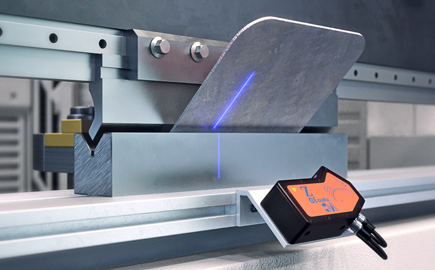
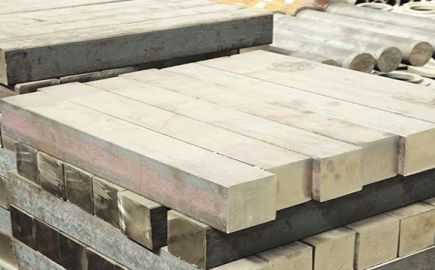
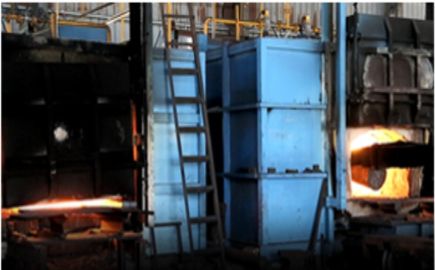
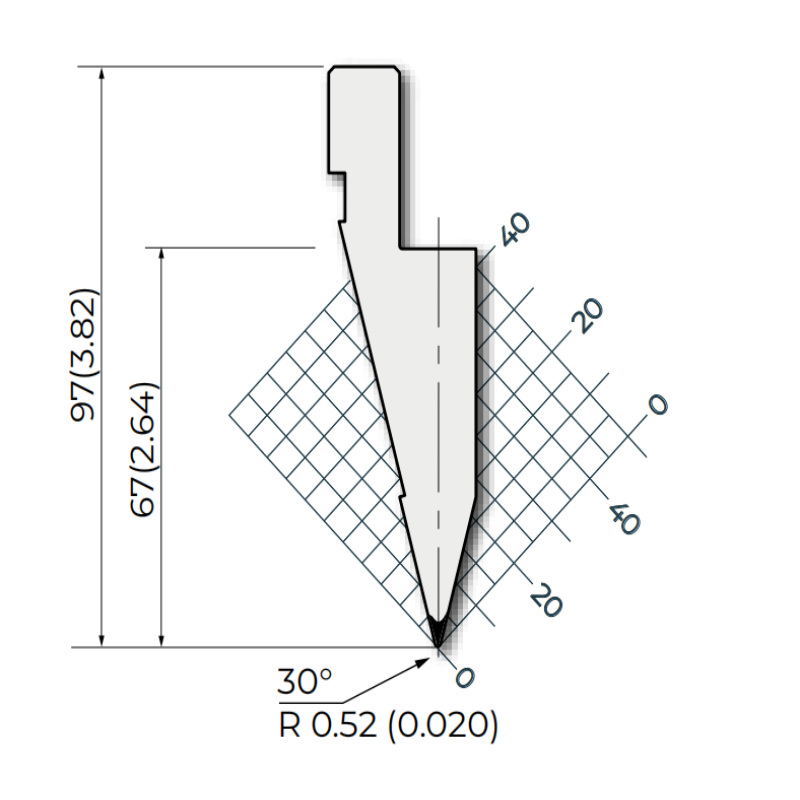

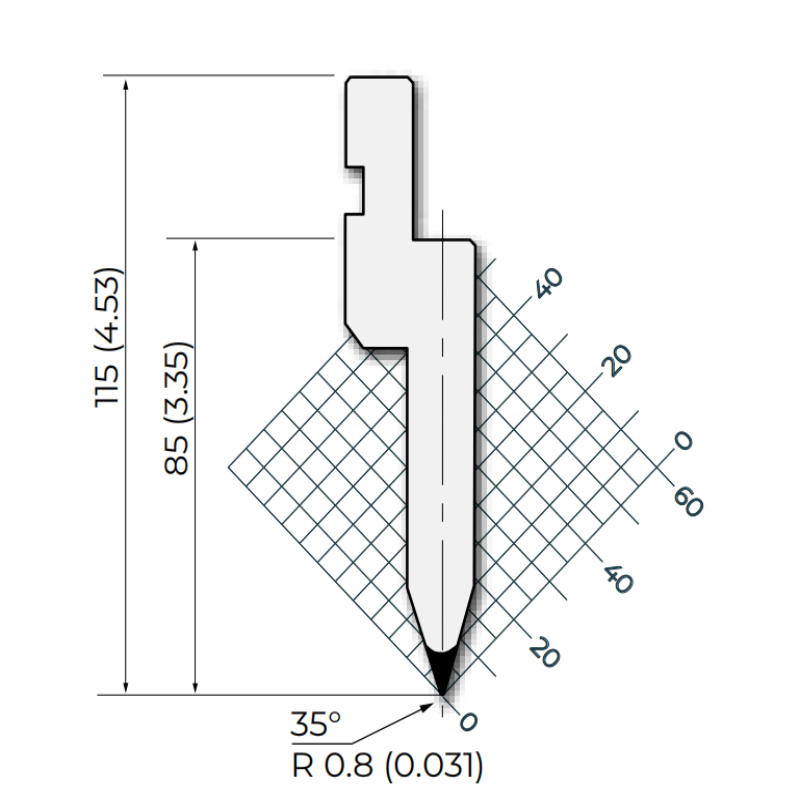
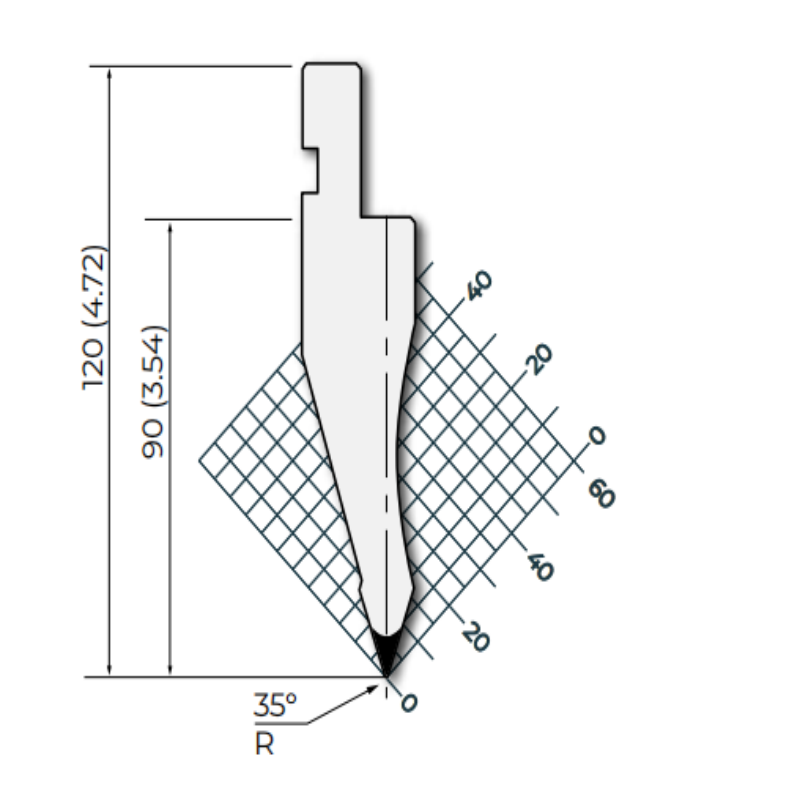
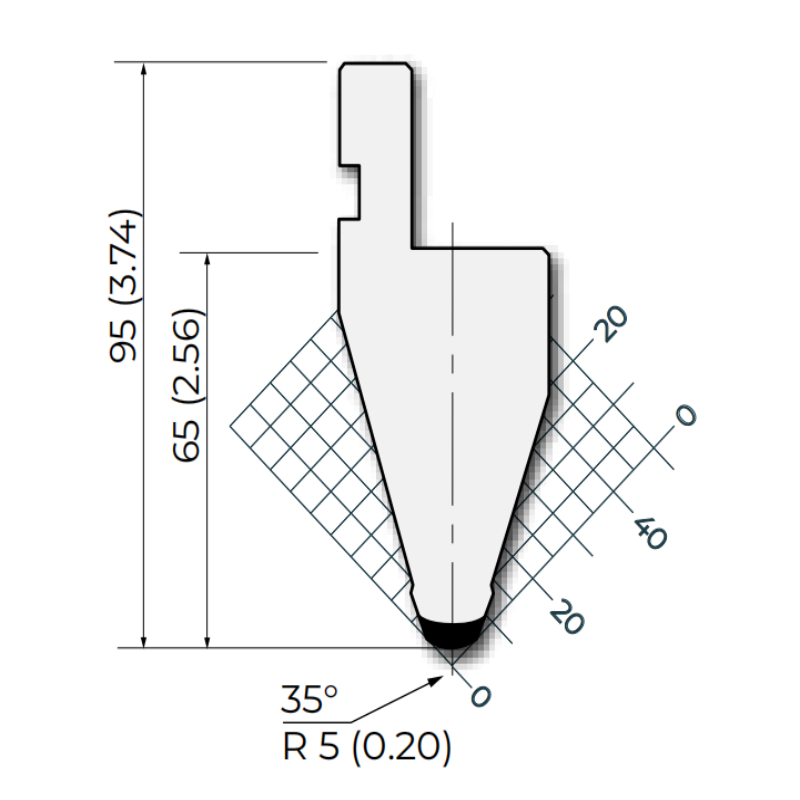
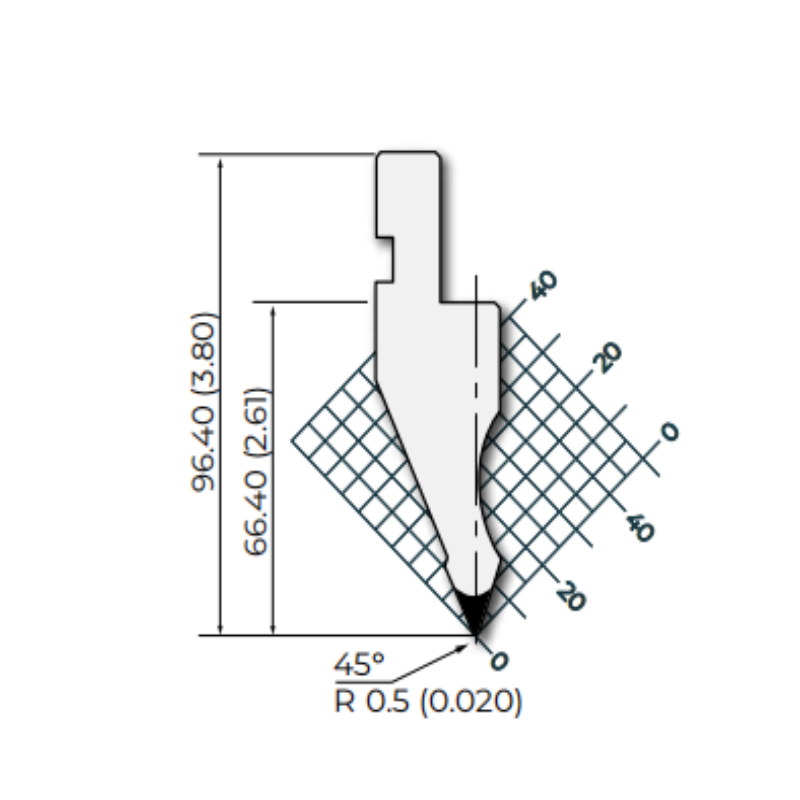
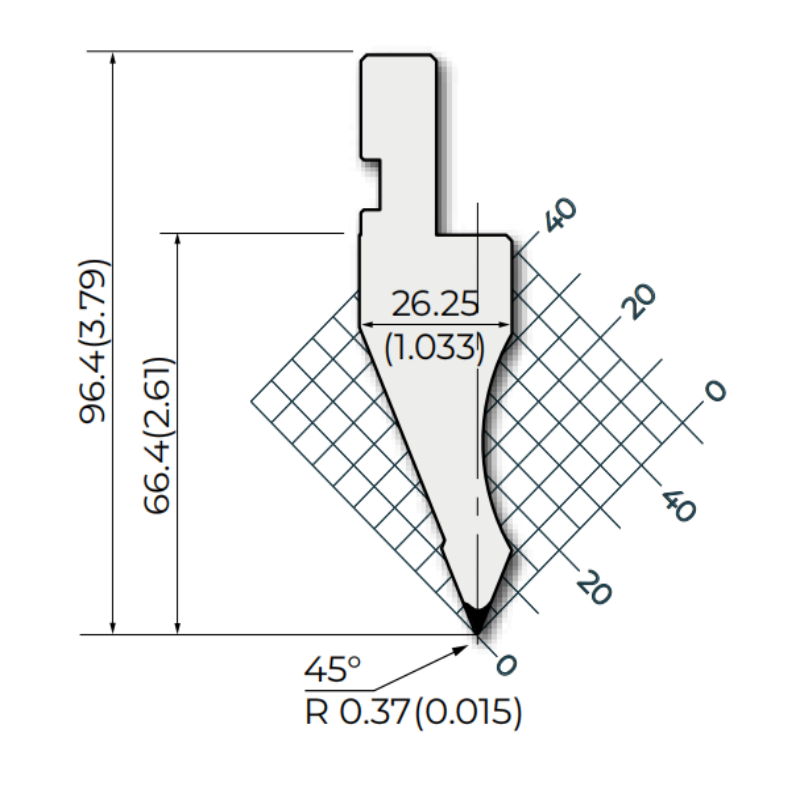
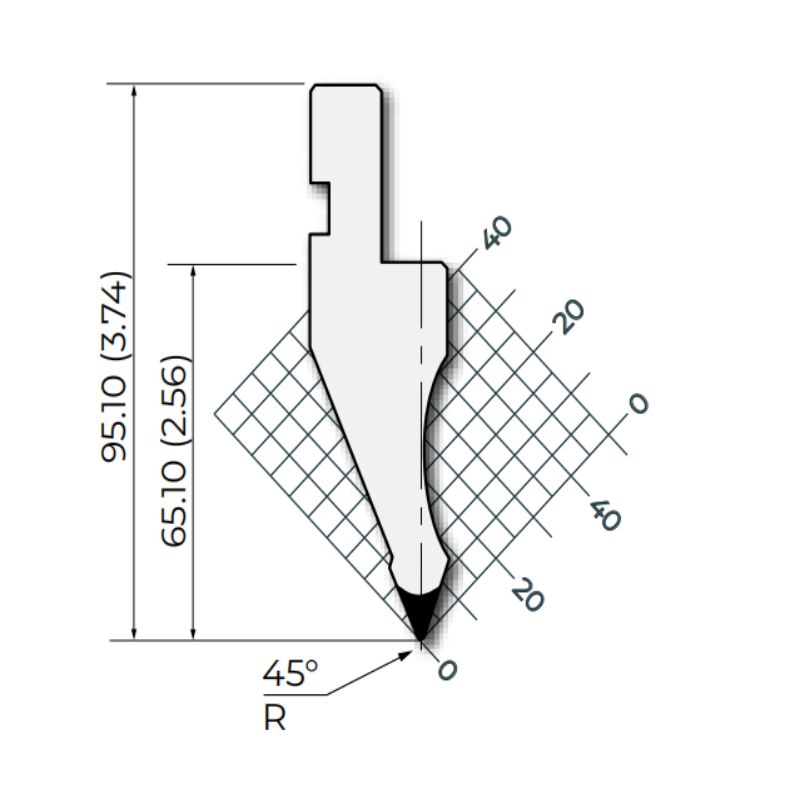







 IPv6 network supported
IPv6 network supported